With self-sufficiency as the someday goal, my first gardening days were purely practical. I browsed through seed catalogs with an iron will, bypassing the flower sections with a steely gaze — and a resolved set to my jaw. I was convinced I didn’t need that flouncy, frivolous, floral frippery in my veggie patch. I was SERIOUS about gardening, after all, and didn’t have time for needless plants.

Well, I’m older and wiser, and my garden has changed significantly since my flower-free days. I have many varieties of flowers that grow alongside my “practical” plants, and I certainly don’t see them as mere garden garnishes anymore. If you are like I was, and don’t see the point of planting flowers when you could be planting food plants, allow me to state my case …
1. Flowers Attract Pollinators

Some vegetables we eat from our vegetable gardens are vegetative — leaves, roots, and stems that can grow with or without pollination. But for the gardener, growing fruits such as cucumbers, squash, okra, and the like, pollination is critical for a good harvest. An abundance of flowers in the garden acts like a flashing billboard for passing pollinators and other beneficial insects, calling them down to buzz, bumble, and rummage through blossoms and get the pollen flowing.
Pollination is especially important for the seed-saving gardener because many of the seeds we hope to harvest for next year are dependent on the ministrations of passing insects. There’s nothing more disappointing than waiting months for a finished seed harvest, only to open the seed pods or fruit and realize they were under-pollinated.
2. Many Are Edible
Granted, you’re not going to stock your winter pantry with flowers, but the fact that so many flowers are edible has got to be a mark in their favor for the practical homesteader set on food production. You might be surprised to learn what flavors can be harvested from the flower bed. Here’s a very incomplete list of flowers that can be just as “at home” on the dinner plate or tea cup, as they are in the vase.
Borage

Both the leaves and blue-star flowers of borage are a tasty addition to tea or salad with a cucumber-like flavor that is cool and fresh to the palate. Bees think they’re great, too.
Marigold
All marigolds are safe to munch, but some are better than others. Tagetes lucida (sometimes called Mexican mint marigold or sweet mace) is a standout species that is specifically grown as a culinary herb. It can take the place of tarragon, and is a tasty tea in its own right.
Butterfly Pea
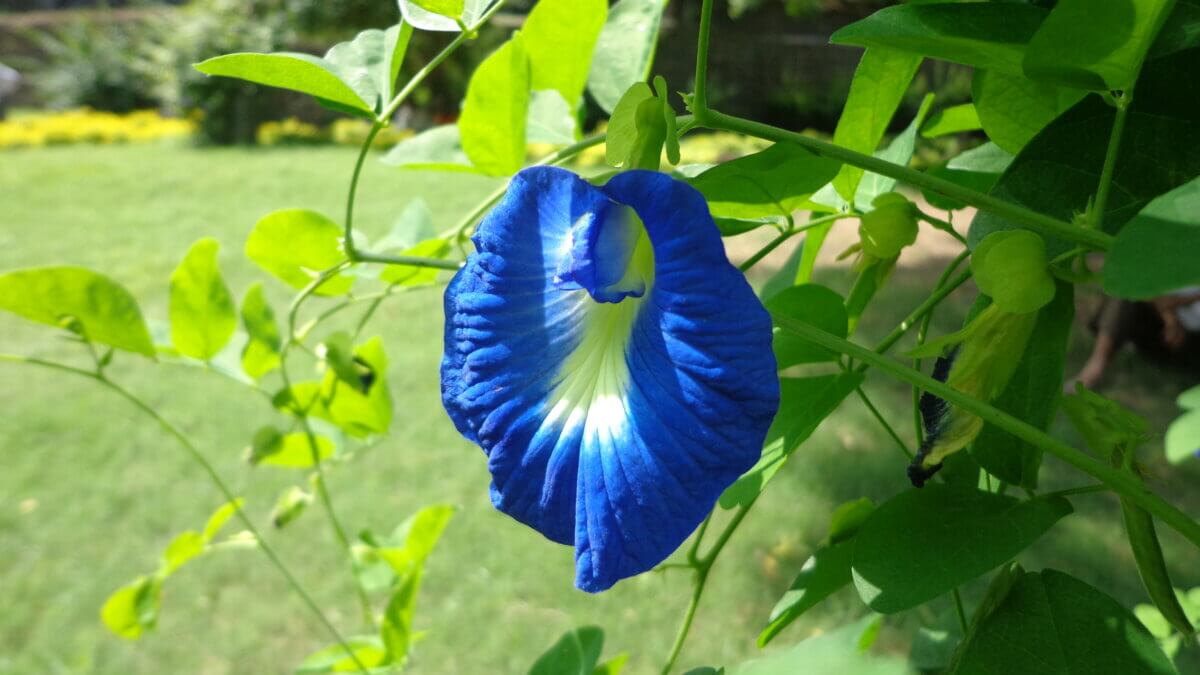
Butterfly peas look too pretty to eat, but their true-blue hue has a long been used to both color and flavor food and drink in Thailand. When brewed in a beverage, the addition of lemon juice will transform the blue tea to a vibrant pink.
Nasturtium

The leaves, flowers, and unripe seeds of nasturtium are all edible, with a sweet radish-like bite that is delightful in salads or omelets. Some folks even pickle the seeds as a caper alternative.
Chives

Chive blossoms are one of my favorite flowers to use in salads, pasta, omelets, pizza, and more. The flowers taste like a sweet onion, and can be used either whole or torn apart and sprinkled.
Anise Hyssop

Anise hyssop is a sweetly aromatic plant that makes excellent tea. Some people say the aroma and flavor are similar to licorice, and I admit my plants remind me of pink bubblegum … but in a natural, good way. It’s hard to explain, but easy to like once you’ve tasted it.
Stocks

Full disclosure: I’ve not yet had the pleasure of munching on stock blossoms. The folks at Baker Creek, however, declare this is their favorite edible flower, with clove-scented blossoms that can be used for salads or coloring sweet foods.
I hope you don’t need me to remind you that just because some flowers are edible, doesn’t mean all flowers are edible. Some are distasteful, and a few are downright dangerous (castor bean being one of the most toxic). If you have young children with you in the garden, be sure to accompany them in your flower-browsing, and do not let them forage unattended.
3. Many Are Medicinal
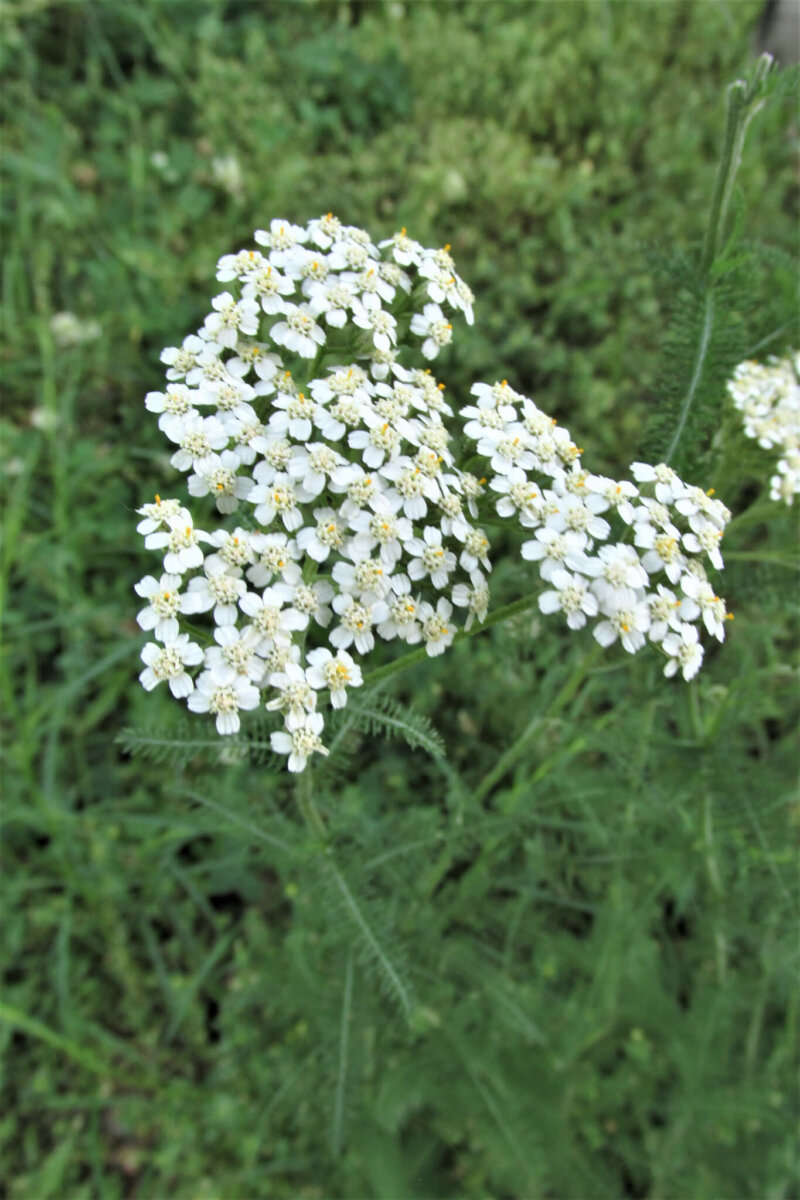
As Hippocrates said, “Let food be thy medicine and medicine be thy food.” Many of the edible flowers that we grow can double (triple?) as medicinal herbs. Yarrow is a butterfly-magnet that has been used for fevers and wounds. Lavender offers spikes of lovely purple flowers that can be used in soothing skin treatments or calming anxiety. All the members of the mallow family — including pretty stand-outs like hibiscus and the amusingly-named “outhouse flower” — are rich in mucilage, which adds a soothing, healing effect when used in a poultice.
To go through the potential medicinal uses of every suitable garden flower would take ages. I hope, instead, that you pick up where I’ve stopped and do some research. When choosing plants to pretty up your garden, find out if they have herbal medicine qualities as well (I recommend glancing through Maude Grieve’s exhaustive Modern Herbal as a starting point). You may be surprised how many options there are.
4. Many Repel Pests
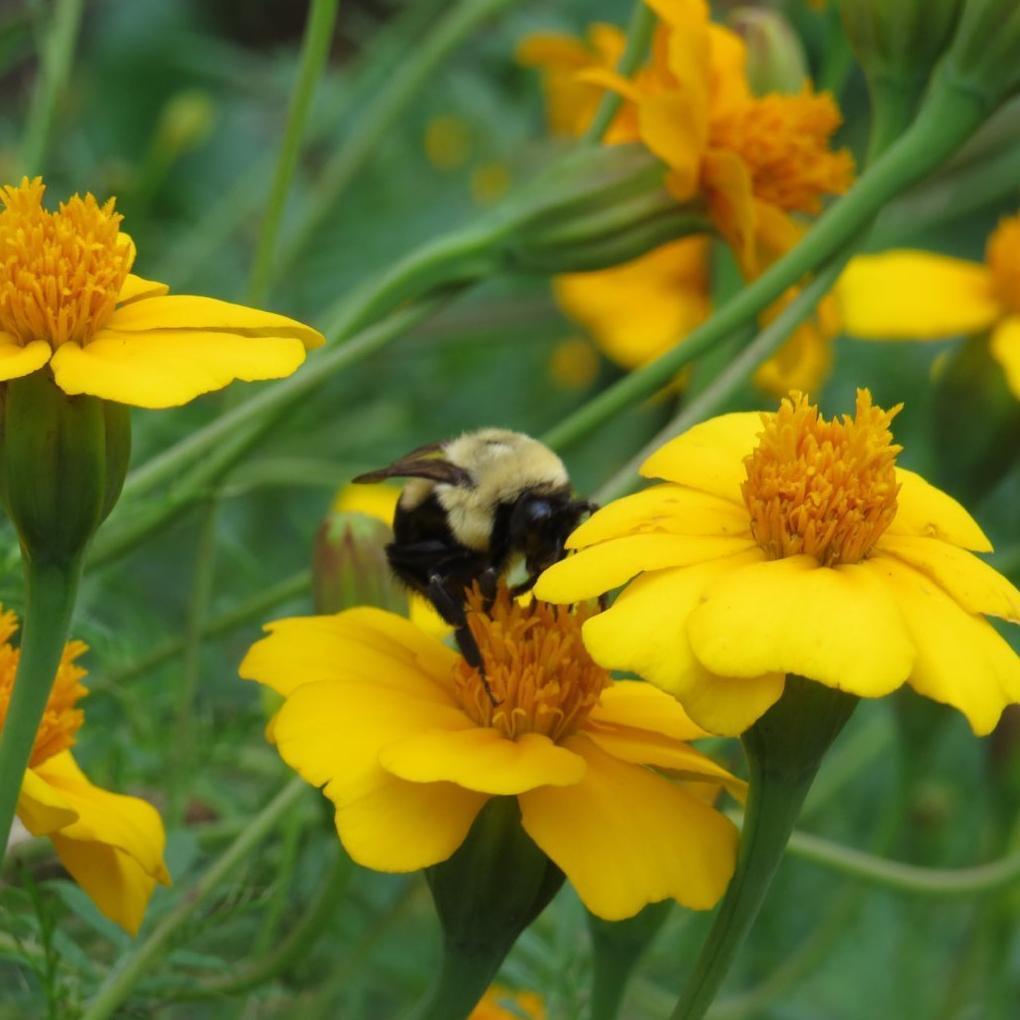
Just because we humans like the smell and look of big blossoms doesn’t mean all in the animal kingdom share our perspective. Many animals — particularly those that we consider pests — detest certain flowers. Organic gardeners can use this fact to their advantage by planting distasteful plants around our vulnerable food plants, maximizing our garden’s beauty and yields in one fell stroke.
Marigolds are a well-known deterrent, with blossoms that are supposed to make cats, cabbage butterflies, and harmful nematodes look the other way from your Brassica crops. The flowers pictured here, the “nematocidal” variety of marigold, is one that can help with the root-knot nematodes that bother gardeners in the tropics and deep South.
I have also heard that castor beans can ward of voles, cleome can be used as a trap plant for harlequin bugs to protect your cabbages, and chives repel aphids. The one plant I’m most excited to try out this summer is nasturtium, which purportedly repels squash bugs. I’ll let you know what I find, because if that’s true, I will plant nasturtium the rest of my days.
5. They Can Improve Vegetables
We’ve published a lot about companion planting here on Insteading. So much that we have a dedicated section on companion plants (check it out here). Suffice to say, if you’re interested in knowing which plants are “friends,” you may be able to buddy up pretty flowers and veggies for your most bountiful garden yet.
6. They’re PRETTY

Let’s be honest, my early-days, puritanical view of the garden left some beauty to be desired. Who says that everything had to be practical? When you’re taking the time to grow your own food and work your own soil, reserving an additional moment to plant some beauty alongside the beans is time well spent. Sure, that tiny space may have grown one more carrot, but if you find yourself smiling as a bumble bee tumbles about the borage blossoms, you’ll know that space was well-used.
There’s a lot in the world that can make you sad, angry, frustrated, and depressed. If you can plant something that creates the opposite for yourself, you’ve done something worthwhile.
Did any of you also start out planting only veggies, and then have a flower-embracing conversion? Do you have any favorite flowers that join you in the garden? What are some doubly/triply useful flowers that you’ve discovered? What are some plants you couldn’t imagine a growing year without? Let us know in the comments below, and happy planting!


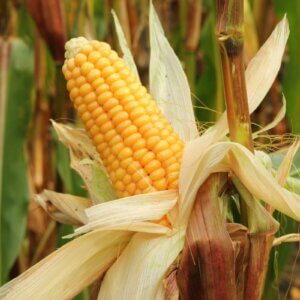
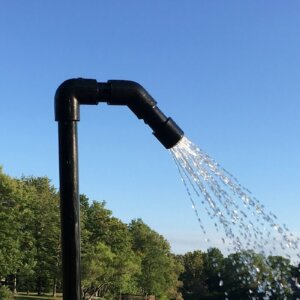


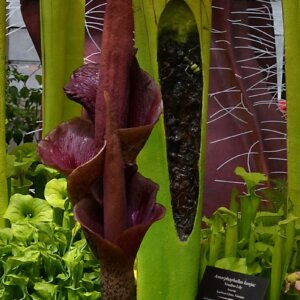



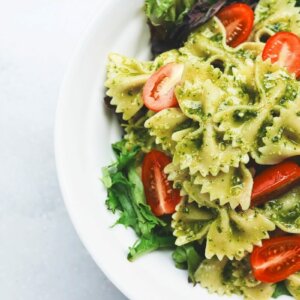


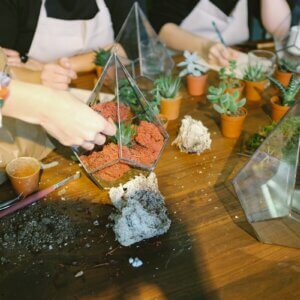

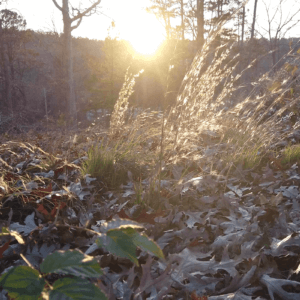
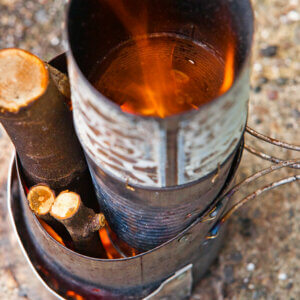

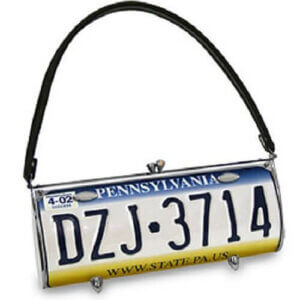
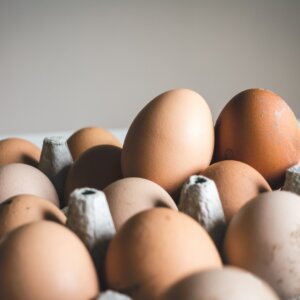
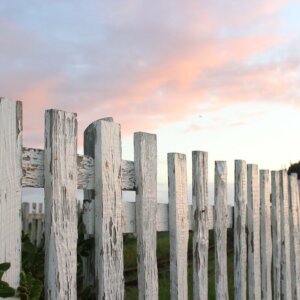
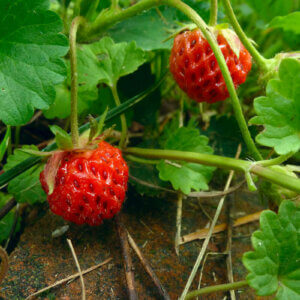
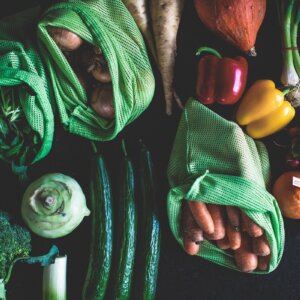

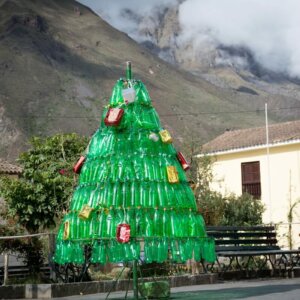

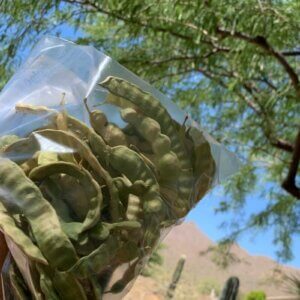
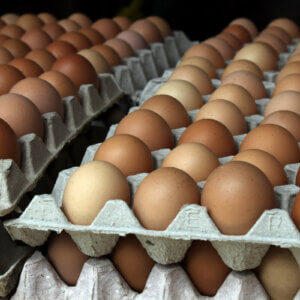
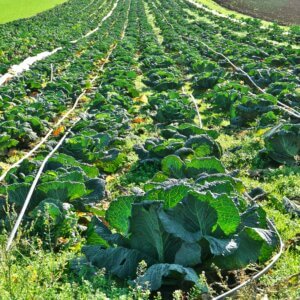


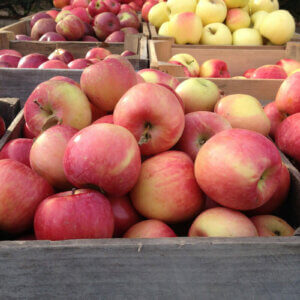
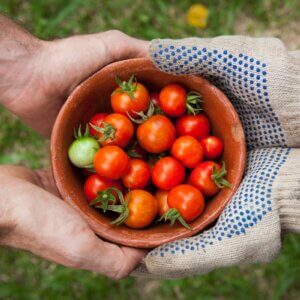
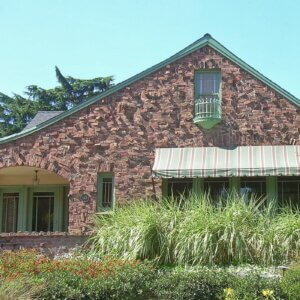

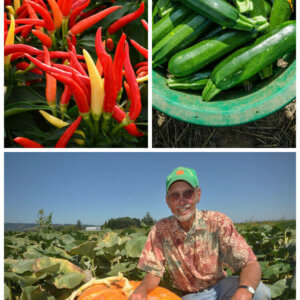

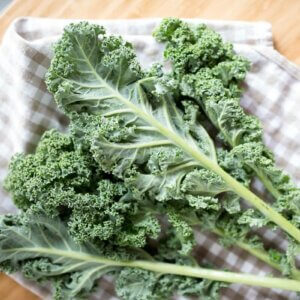
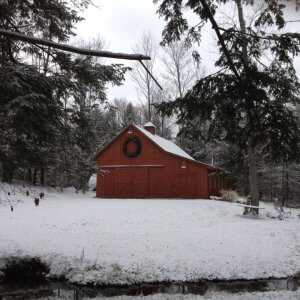


I grow calendula (to dry to make infused medicinal oil) and also borage. Borage actually gets to be the size of a small bush and is beautiful with its blue flowers. I also like the idea of incorporating small bushes (such a red currant) into the veggie garden. Pineapple sage can get to be quite a large bush and when you pass by and rub the leaves, it gives you a delightful scent to enjoy.
A twist on this is to place veggies into your flower beds. Some are quite attractive and have their own flowers, ferny foliage, etc. and add a nice touch to the landscape.
daylilies, perennial, flowers and fleshy roots are edible. The flowers can be eaten fresh in a salad, or battered and fried. The fleshy root can b used like water chesrnuts. ( I have not eaten the roots, but the flowers taste like a delicate slightly sweet lettuce, and add beauty to a salad.)